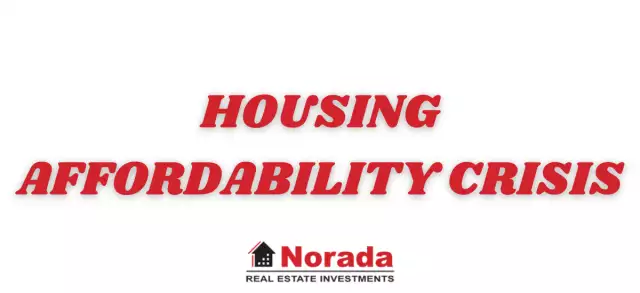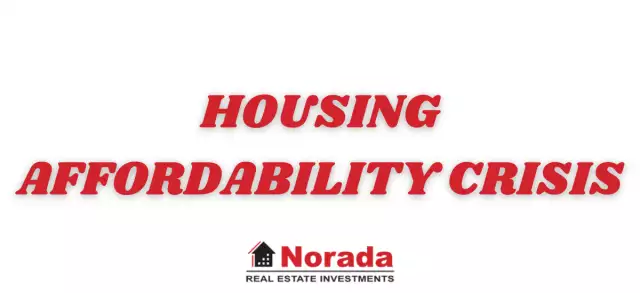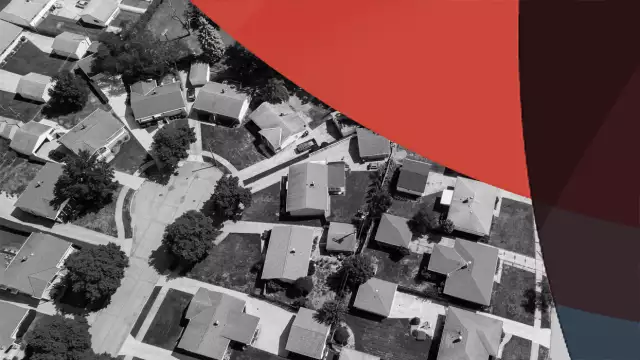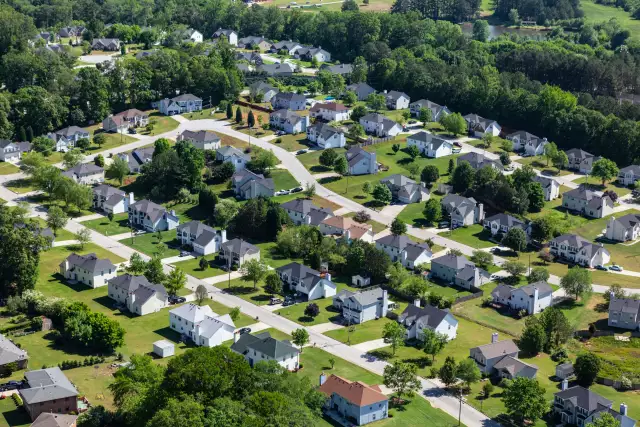2022 Housing Affordability Crisis is Increasing in the United States
2022 Housing Affordability Crisis is Increasing in the United States
According to NAR, the Housing Affordability Index measures whether or not a typical family earns enough income to qualify for a mortgage loan on a typical home at the national and regional levels based on the most recent price and income data. Housing Affordability Index data are provided by NAR solely for use as a reference. Zillow's June report shows that the housing affordability crisis is mounting, but buyers who can weather the storm have more time and options.
The previous report in May showed that housing affordability had hit a 15-year low. Mortgages are less affordable than at any point since 2007 due to rising prices and interest rates. Demand for houses has slowed, delaying sales and increasing inventories. Incomes fall behind growing mortgage payments, causing the biggest affordability issues. The affordability data from April shows monthly payments eating approximately 28% of homeowners' monthly income – perilously close to the 30% level deemed a cost burden.
The Atlanta Federal Reserve's Home Ownership Affordability Monitor shows affordability bottomed out in July 2006. Although rents have risen since the beginning of 2021, the fast-growing cost of a mortgage still makes renting the less expensive alternative almost everywhere. In just five of the 50 major U.S. metros is a typical May rent payment more expensive than a mortgage payment (with a 20% down payment), including taxes and insurance. Rent was higher in 28 of those metros in May 2019.
Housing Affordability Crisis Worsened in June 2022
Here is the summary of Zillow's latest findings on the housing market report and affordability in the U.S.
Homebuyers are scarcer than during the pandemic. Today's purchasers face substantial affordability barriers, but those that can or must still buy are benefiting from a more balanced market compared to 2021's pandemic-fueled real estate boom. They have more houses to explore and less chance of a bidding battle. Despite this early rebalancing, the market is still less buyer-friendly than pre-pandemic. The average monthly mortgage payment on a U.S. house is currently 62.3 percent higher than a year ago and 75.7 percent higher than in June 2019.
Affordability issues likely slow property value rise. Annual house value appreciation fell for the third consecutive month in June, to 19.8% from a record high of 20.9 in April. It still beats the 4.6% year-over-year rise in June 2019, before the epidemic. According to Zillow, the average U.S. house is worth $354,165. The monthly price rise fell from 1.6% in April to 1.2% in June (smoothed, seasonally-adjusted). Raw monthly price rise of 0.8% predicts future decline.
San Jose, Seattle, San Francisco, and San Diego, all among the five most expensive major metro regions, saw house values decrease from May to June, as did Austin, where values have climbed the most during the epidemic. San Francisco's annual appreciation is 15.4% while Austin's is 25.2%. A strong surge in inventory and high listing price decreases lead to a deceleration in these major markets for the next several months.
The year-over-year inventory shortfall fell from 30.4% in January to 9.1% in June. Inventory is still down 46% since June 2019. San Francisco, Austin, Phoenix, and Seattle, the most expensive metros, have inventory levels closest to 2019 levels. This shows that competition is relaxing faster in these places than elsewhere in the U.S.
Unaffordable alternatives also delay sales. 12 of the 15 main metros with the highest month-over-month declines in pending sales are among the 15 most costly. San Jose (-24.3%), Seattle (-23.9%), and Salt Lake City saw the biggest reductions from May to June (-20.8 percent). 10 of the 15 big metros with the lowest monthly sales declines are among the 15 cheapest.
Buyers have somewhat more time to shop, compare, and consider possibilities. Listings go pending after seven days, so competitively priced properties still move quickly. At 14.8%, the percentage of properties with a price decrease is the largest since November 2019. Salt Lake City (24.1%), Sacramento (21.7%), and Phoenix (20.4%) had the most price reduction.


Sources




![Top 30 Largest construction companies in the United States [2022 Updated List]](https://realiff.com/assets/uc/Post/1uk22g3SBXkx/thumbnail_default.webp?35dS1xo3vgDb)

